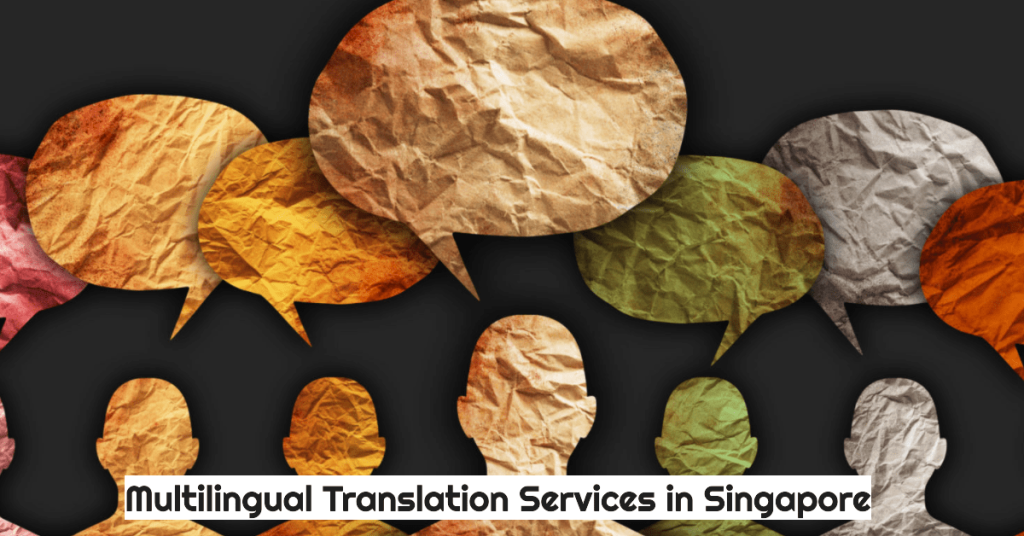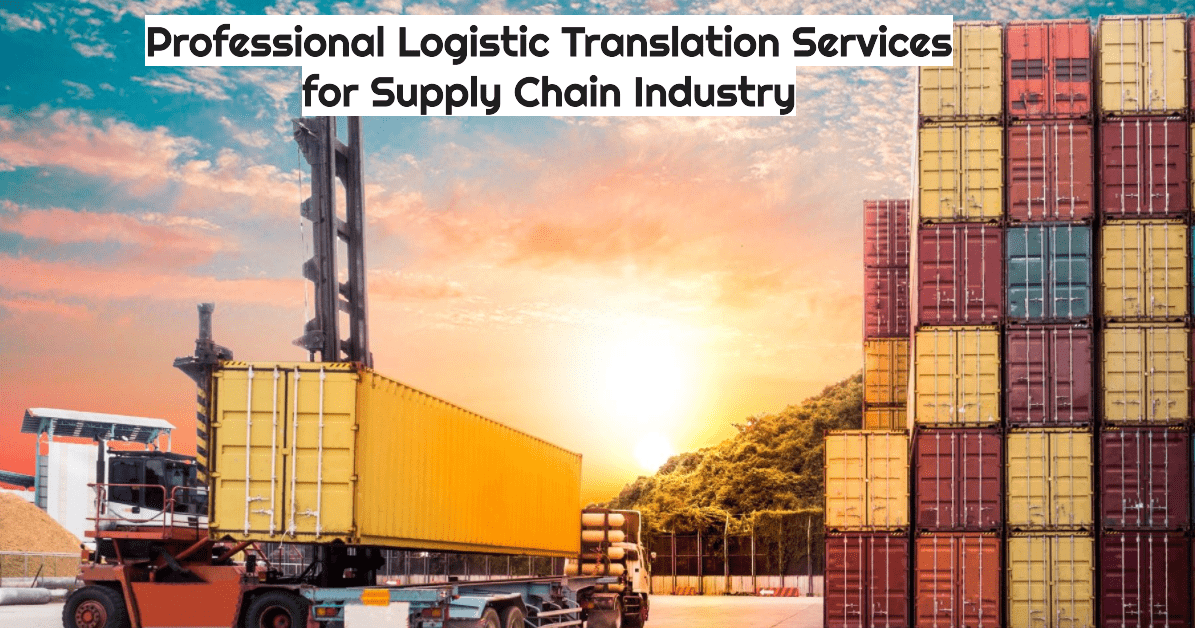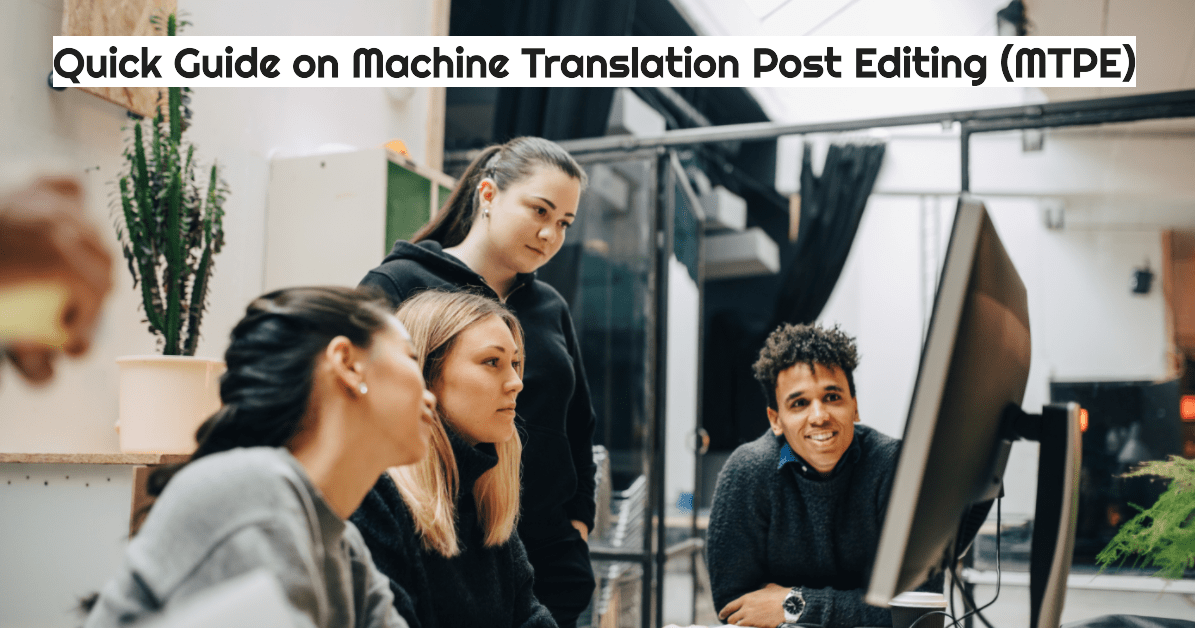Understanding Multilingual Translation: Breaking Language Barriers
In an increasingly interconnected world, the need for effective multilingual translation has never been more critical. Businesses looking to expand their reach into global markets must navigate a complex landscape of languages and cultures.
This article explores the intricacies of multilingual translation, its benefits for businesses, the tools that facilitate the process, strategies to overcome language barriers, and the challenges faced in translation projects. By understanding these elements, organisations can better position themselves to communicate effectively with a diverse audience.
What is Multilingual Translation and How Does it Work?
Definition of Multilingual Translation
Multilingual translation refers to the process of translating content into multiple languages to cater to a diverse audience. Unlike standard translation, which may focus on converting text from one language to another, multilingual translation involves the simultaneous handling of several languages.
This approach is essential for businesses operating on a global scale, as it allows them to communicate their message effectively across different linguistic groups. The goal is not only to translate words but also to localise the content, ensuring that it resonates with the target audience in each market.
How Does Multilingual Translation Differ from Other Types?
Multilingual translation stands apart from other types of translation due to its comprehensive nature. While traditional translation may focus on a single language pair, multilingual translation encompasses a broader scope, often requiring the coordination of various languages within a single translation project.
Additionally, multilingual translation demands a deeper understanding of cultural nuances and context, as different languages may have unique expressions and idioms that must be appropriately adapted. This complexity necessitates a more strategic approach, often involving the collaboration of professional translators with expertise in multiple languages.
The Process of Multilingual Translation
The process of multilingual translation typically involves several key steps.
First, a thorough analysis of the source content is conducted to identify the target languages and specific requirements for each translation.
Following this, skilled translators work on the text, employing translation tools and techniques to ensure accuracy and consistency across languages. Quality assurance checks are then performed to maintain high standards, often involving review by native speakers to verify that the translation conveys the intended message.
Finally, the localised content is integrated into various platforms, such as websites or marketing materials, to reach the intended audience effectively.
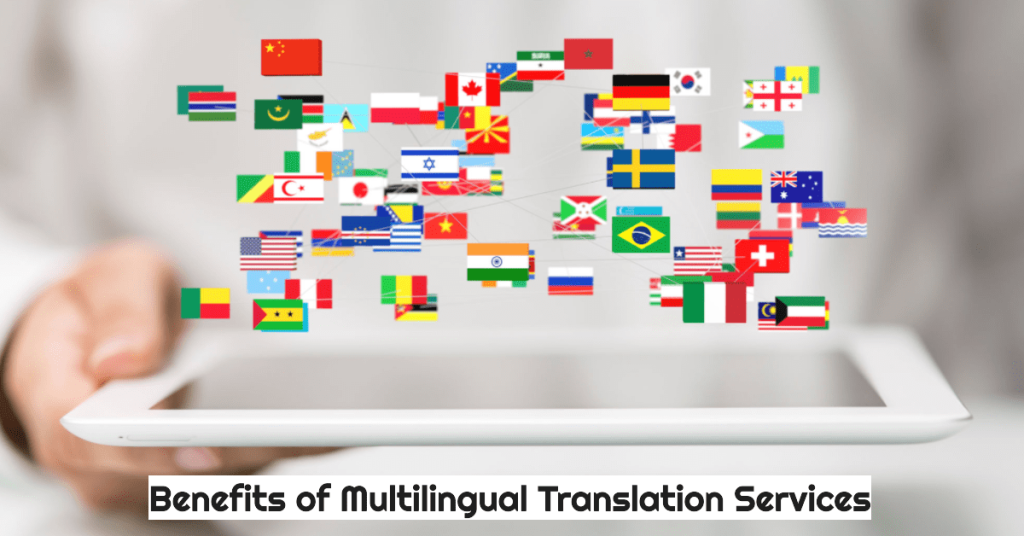
What Are the Benefits of Multilingual Translation for Businesses?
Enhancing Global Reach with Multilingual Translation
One of the most significant benefits of multilingual translation is its ability to enhance global reach.
By providing content in multiple languages, businesses can tap into new markets and connect with potential customers who speak different languages. This expansion not only increases brand visibility but also opens up opportunities for sales growth.
Companies that invest in multilingual translation services demonstrate a commitment to inclusivity, fostering stronger relationships with customers from diverse backgrounds and cultures.
Improving Customer Engagement through Language
Effective communication is crucial for customer engagement, and multilingual translation plays a vital role in this process.
When customers can access content in their native language, they are more likely to engage with a brand, whether by browsing a website or making a purchase. This level of personalisation helps create a positive customer experience, leading to increased loyalty and repeat business.
By localising marketing materials and product descriptions, businesses can better address the needs and preferences of their audience, resulting in higher conversion rates.
Cost-Effectiveness of Multilingual Translation Services
While some may perceive multilingual translation as a costly endeavor, it can actually be a cost-effective solution in the long run. By investing in professional translation services, businesses can avoid the pitfalls associated with poor-quality translations, such as miscommunication and brand damage.
Additionally, utilising translation software and tools can streamline the process, reducing the time and resources required for translation projects. Ultimately, the benefits of reaching a wider audience and enhancing customer satisfaction often outweigh the initial costs involved in multilingual translation.
What Tools and Technologies Are Used in Multilingual Translation?
The landscape of multilingual translation has been significantly transformed by the advent of translation software and tools. These technologies facilitate the translation process by providing features such as glossaries, translation memories, and collaborative platforms for translators.
Tools like CAT (Computer-Assisted Translation) systems allow translators to work more efficiently, ensuring consistency across multiple languages. Moreover, many translation tools now integrate with content management systems, enabling seamless updates and automatic multilingual translation for websites and digital content.
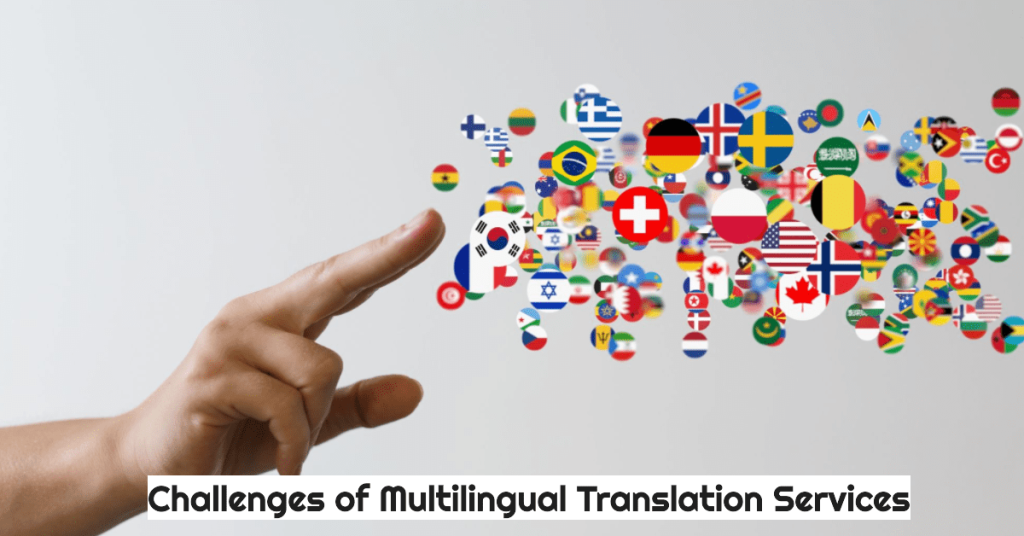
How Can You Handle Language Barriers in Multilingual Translation?
Identifying Language Barriers in Your Content
Recognising language barriers in your content is the first step in addressing them effectively. This involves assessing not only the languages spoken by your target audience but also the cultural context and specific terminologies relevant to them.
By conducting thorough research and seeking feedback from native speakers, businesses can identify potential areas of confusion or misunderstanding in their content. Understanding the linguistic landscape allows organisations to tailor their messaging accordingly, ensuring that it resonates with diverse audiences.
Strategies for Overcoming Language Barriers
To overcome language barriers, businesses can implement several strategies. Firstly, investing in professional translators who are familiar with the cultural nuances of the target language can significantly improve the quality of translations.
Additionally, creating glossaries and style guides can provide translators with a consistent framework to work within, enhancing overall coherence. By utilising translation tools that support collaborative workflows can also facilitate better communication among team members, ensuring that everyone involved in the translation project is aligned and informed.
How Professional Translators Can Help
Professional translators play a crucial role in overcoming language barriers. Their expertise in linguistics and cultural nuances allows them to produce translations that are not only accurate but also contextually relevant.
By leveraging their skills, businesses can ensure that their messaging is effectively localised for each target market. Furthermore, professional translators can provide valuable insights into the preferences and expectations of different customer segments, helping businesses refine their approach to multilingual communication.
What Are Common Challenges in a Multilingual Translation Project?
Quality Assurance in Multilingual Translation
Maintaining quality assurance in multilingual translation projects is a significant challenge. With multiple languages involved, ensuring that each translation meets high standards of accuracy and fluency can be daunting. This necessitates the implementation of rigorous quality control processes, including multiple rounds of editing and review by native speakers. Businesses must prioritise quality assurance to avoid potential pitfalls associated with miscommunication and to uphold their brand reputation across diverse markets.
Managing Different Languages in a Single Project
Managing different languages within a single translation project requires careful planning and organisation. Coordinating the efforts of various translators, each working in their respective languages, can lead to inconsistencies if not handled properly.
Establishing clear communication channels and utilising project management tools can help streamline the process. Regular check-ins and updates ensure that everyone involved is on the same page, ultimately leading to a more cohesive final product.
Ensuring Consistency Across Multiple Languages
Consistency across multiple languages is essential for maintaining a unified brand voice and message. This can be particularly challenging when working with diverse translators who may have different interpretations of the same content.
To mitigate this issue, businesses can create comprehensive style guides and glossaries, outlining preferred terminology and tone for each language. Training sessions for translators can also help align their understanding of brand values and messaging, ensuring that the final translations reflect the company’s identity consistently.
Choose WhizWordz as Your Go-to Translation Service Provider for Multilingual Translation
Looking for accurate and reliable multilingual translation services?
WhizWordz International is your trusted partner. Whether you’re localising content for international markets or ensuring clear communication across diverse audiences, we deliver translations that retain meaning, intent, and tone—every time.
Why choose WhizWordz for your multilingual translation needs?
Skilled Multilingual Experts: Our team of professional linguists is fluent in over 40 language pairs and brings deep cultural and contextual understanding to every project, ensuring your message resonates globally.
Transparent, Competitive Pricing: Get high-quality translations at market-friendly rates. Our pricing is clear, fair, and designed to offer maximum value without compromising on accuracy.
Client-Centric Support: We prioritise your needs with responsive communication and tailored solutions, making your translation journey smooth, flexible, and worry-free.
Efficient Delivery: Our streamlined processes ensure fast turnaround times, so your multilingual content is ready when you need it—without delays.
All-in-One Language Solutions: From translation and transcription to copywriting and typesetting, we offer a full suite of multilingual services to support your content goals across platforms.
Choose WhizWordz International for multilingual translation services that combine accuracy, cultural nuance, and exceptional service—your message, understood everywhere.
Frequently Asked Questions (FAQs)
Q1: What is multilingual translation?
A: Multilingual translation refers to the process of translating content into multiple languages to reach a wider audience. This can include documents, websites, and technical material.
Q2: Why is it important to translate content for my audience?
A: Translating content for your audience ensures that you can effectively communicate with them in their native language. This can lead to better engagement and a stronger connection with your audience.
Q3: How do search engines handle multilingual content?
A: Search engines can index multilingual content, but it is important to implement proper SEO practices, such as using hreflang tags, to ensure that your site is optimised for different languages. For a more detailed guide on multilingual SEO, check out the link here.
Q4: What are the challenges of translating a web page?
A: Challenges include maintaining the original meaning, cultural nuances, and technical accuracy. Additionally, ensuring that the translated content is still optimised for search engines can be difficult.
Q5: How can I ensure my translated content is effective?
A: To ensure effectiveness, it’s important to use professional translation services for critical content, consider cultural adaptations, and continually test the translated material with the target audience.
